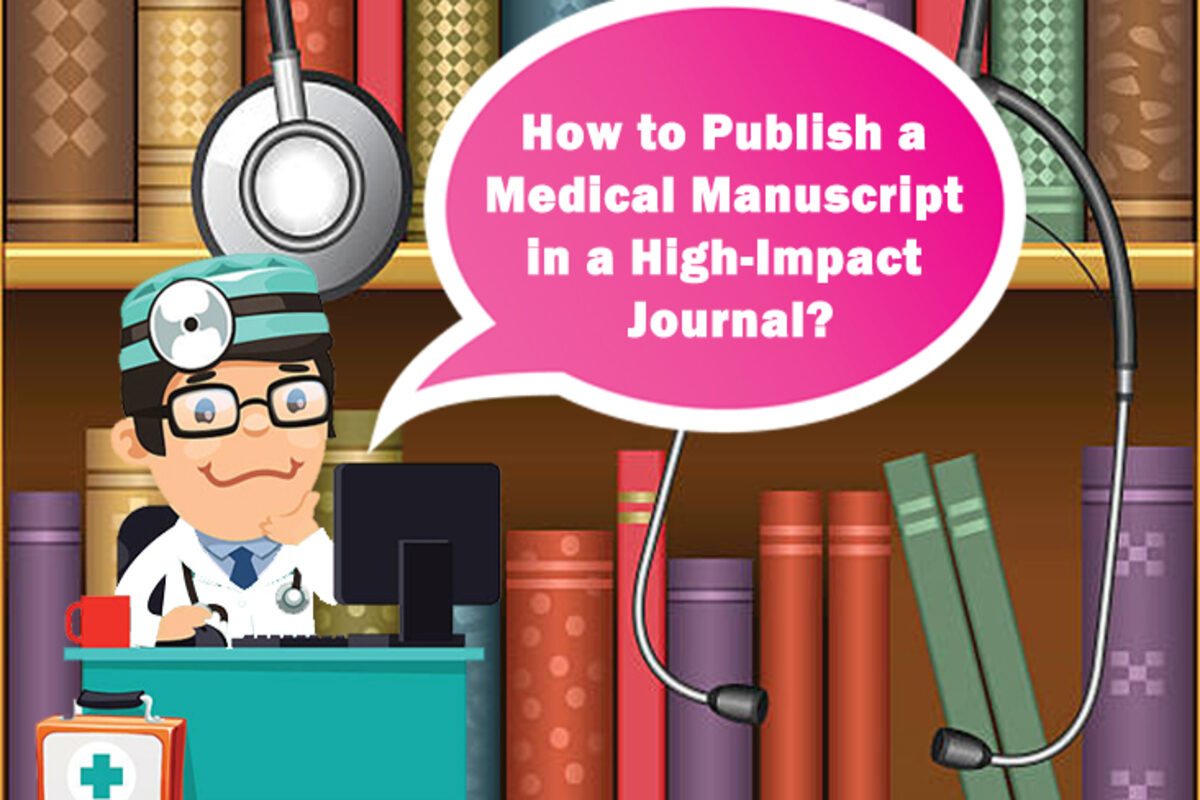Many journals now publish their articles online to increase their reach amongst the masses. A major part of their traffic comes from Google and other search engines. In such a scenario, you don’t have to write a medical manuscript favourable to the journal, but also to the search engines. The journals that publish the articles ensure their research content is visible and ranks high in the search results of Google and other engines. However, you can play your role by optimizing your medical research paper for the search engines, by helping people to find, read, and cite your work.
So, here are five tips to increase the discoverability of your medical article in the search engines.
1) Create a search engine friendly title
Till now, we have recommended writing a title that immediately tells the readers what your study is about. However, you should also optimise the title for search engines.
- Include 1-2 keywords related to your topic. Place your keywords within the first 65 characters of your title.
- Keep your title short, not exceeding 65 characters including spaces
- Avoid using stop words in the title like a, an, the, am, is, can, and, but, or, if, then, etc.
2) Optimize the abstract of the manuscript
A good abstract is 150-200 words long, is well-structured, has a simple language, and reflects the key points and findings of your research. But, what if you have to write an abstract for the search engines as well?
- Search engines normally display the first two sentences of your abstract. So, place all your important findings and keywords in the first two sentences of the abstract.
- Use the keywords in your abstract, but don’t stuff them to make things complex. After all, the purpose of your abstract is to express the key points of your research in a clear and concise manner.
3) Use the keywords throughout your article
Besides the title and the abstract, use your keywords in the entire article as:
- In your headings: Headings signal the search engines about the structure and content of your medical article, thus, increasing your rankings
- Use keyword search tools like Google Trends and Google Adwords to search for the specific keywords
- Check the keywords which other authors in your field use in their paper. Incorporate such keywords in your article
- Use your keywords with caution. Let them flow naturally in your writing. Search engines hate too much keyword repetition or keyword stuffing and may penalize your article. This makes it difficult for the readers to find your article online
4) Be consistent
Maintain consistency throughout your paper regarding the spellings, language used, references, or author names.
5) Build links to your article
- Promote your research on your social media channels and institutional sites by linking to your article. More the number of inbound links to your article, higher its value amongst the search engines.
- Ask your colleagues to link to your article. Higher the number of links your article gets from the respected individuals/trusted sites, the more powerful will be its effect. However, don’t forget to return their favour by doing the same for their medical articles.
To increase the search engine visibility of your research paper, contact our medical article writing service expert.



